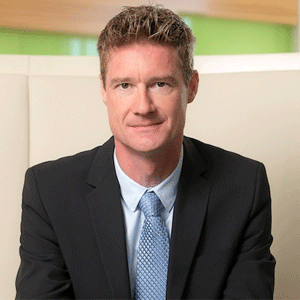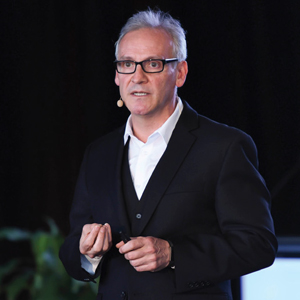THANK YOU FOR SUBSCRIBING

Innovations in Market Surveillance and Monitoring
Dr.John Bates, CTO, Intelligent Business Operations & Big Data, Software AG


Dr.John Bates, CTO, Intelligent Business Operations & Big Data, Software AG
Crises in capital markets are often hitting the headlines today. In 2010, a “Flash Crash” caused the Dow Jones Industrial average to tumble almost a thousand points before recovering most losses within 30 minutes. In 2011, a rogue trader cost Swiss banking group UBS $2Bn by hiding risky trades using knowledge of front, middle and back office systems. In 2012, an automated trading algorithm at Knight Capital went haywire and fired inappropriate orders at high frequency into the market for 30 minutes before it was identified and stopped—costing Knight Capital $450Mn in trading losses and near bankruptcy. Also, in 2012, a new crisis arose from trader collusion fixing the LIBOR inter bank rate. In 2013, a similar crisis emerged around the fixing of foreign exchange benchmark rates through market manipulation and trader collusion. These are just a few high profile cases—many “mini crises” are happening with more frequency. A capital markets trading firm must prepare to deal with, and ideally prevent,these incidents.
Catching the Rogues Red-Handed
Market surveillance, the compliance function aimed at monitoring market abuse, market manipulation and improper behaviours, has been a laggard compared to its trading counterparts. Some liken this to traders driving Ferraris and the surveillance team chasing them on bicycles! However, innovations in technology has seen the development of realtime market surveillance p platforms that now equip compliance teams with Ferrari police cars. These platforms utilize similar technology for real-time pata analysis and response as used in advanced trading systems. They look for patterns in data (trade data, social networks, news data etc.) that indicate potential market manipulation, trader collusion, rogue trading or wild algorithms. Occurrences are flagged to compliance staff for investigation and cross-referencing."Innovations in technology has seen the development of real-time market surveillance platforms that now equip compliance teams with Ferrari police cars"
Technologies converging to form next generation surveillance platforms include in-memory data management, analytic and decision tools. In-memory technologies, such as high performance messaging and in-memory data grids, enable data to be collected and made memory resident, ensuring data is highly available and can be processed rapidly. Complex Event Processing (CEP) (sometimes called “streaming analytics”) enables data to be analyzed as it is collected and patterns representing relationships between data items (events) identified.
Weekly Brief
I agree We use cookies on this website to enhance your user experience. By clicking any link on this page you are giving your consent for us to set cookies. More info
Read Also
Artificial Intelligence - Myths And Truths
Sustainable Future through Innovative Technology Solutions
The Future Relies on Augmented AI
Digitalization with the use of digital technologies/Improving business through digital technologies
How Marco's Pizza Leaned On Technology To Succeed Amid The Pandemic By Quickly Pivoting To Contact-Free Delivery And Curbside Carryout
Bunnings Diy Digital Transformation
For a Smarter City: Trust the Data, Ignore the Hype
Smart Community Innovation for the Post Pandemic





















